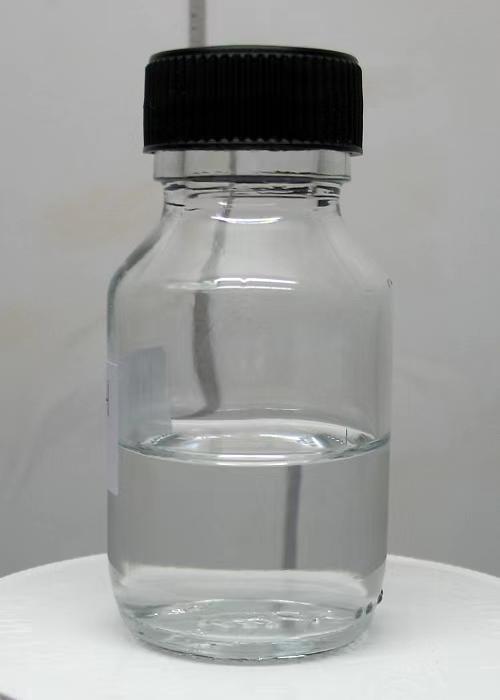



Comparing Sodium Bisulfate and Muriatic Acid for Pool Maintenance and Cleaning Solutions
Comparing Sodium Bisulfate and Muriatic Acid Understanding the Differences and Applications
In the realm of chemistry, various compounds serve unique purposes across multiple industries, particularly in water treatment, cleaning, and pool maintenance. Two commonly used substances are sodium bisulfate and muriatic acid (hydrochloric acid). Despite their similar applications, these two compounds have distinct properties, uses, and safety considerations that warrant a closer examination.
Chemical Composition and Properties
Sodium bisulfate (NaHSO4), also known as sodium hydrogen sulfate, is a white crystalline powder that is highly soluble in water. It is an acidic salt resulting from the neutralization of sulfuric acid with sodium carbonate or sodium bicarbonate. When dissolved in water, sodium bisulfate releases hydrogen ions (H+), thereby lowering the pH of the solution, making it useful in various applications that require pH adjustment.
Muriatic acid, on the other hand, is a diluted form of hydrochloric acid (HCl) and falls within the category of strong acids. It appears as a clear, colorless liquid with a pungent odor. Muriatic acid introduces a high concentration of hydrogen ions into a solution, resulting in a significantly lower pH. Its strength and effectiveness as a cleaning agent and pH reducer in pools are well recognized, but they come with increased safety risks that must be carefully managed.
Applications
Both sodium bisulfate and muriatic acid find extensive application in cleaning and pH adjustment, particularly in swimming pools. Sodium bisulfate is often preferred in residential pool maintenance because it effectively lowers pH levels without the harshness associated with stronger acids. It is safe to handle when used correctly and does not release harmful fumes, making it an attractive option for home users.
sodium bisulfate vs muriatic acid

Muriatic acid, however, is widely used for more aggressive applications. It quickly and effectively lowers the pH and alkalinity of pool water, but it can be dangerous if not handled properly. It is also used in masonry cleaning, removing stains from concrete and brick surfaces, and in several industrial processes. While effective, its vapors can be harmful, requiring adequate ventilation and protective gear during application.
Safety Considerations
The safety profile of these two chemicals highlights significant differences. Sodium bisulfate presents a lower risk when used according to instructions. While it can irritate the skin and eyes, the handling guidelines are straightforward, and the compound does not pose significant respiratory risks. Users should always wear gloves and goggles to minimize contact, but the general toxicity is manageable.
Contrastingly, muriatic acid is classified as a hazardous material. Its fumes can cause respiratory distress, and direct contact can result in severe chemical burns. Proper ventilation, protective clothing, and eye protection are critical when working with this compound. Additionally, it should never be mixed with bleach or other cleaning agents, as dangerous reactions may occur.
Conclusion
In conclusion, sodium bisulfate and muriatic acid serve important, albeit different, roles in industrial, commercial, and residential applications. While both can lower pH levels and contribute to cleaning processes, their chemical properties, applications, and safety profiles differ significantly. Sodium bisulfate is generally safer and easier to handle, making it ideal for home users, while muriatic acid is a powerful agent better suited for industrial applications where its risks can be effectively managed.
Choosing between sodium bisulfate and muriatic acid ultimately depends on the specific needs of the task at hand, taking into consideration factors such as efficacy, safety, and handling requirements. Understanding these differences is crucial for effective and responsible use, ensuring both effectiveness in application and safety for users.
-
Why Sodium Persulfate Is Everywhere NowNewsJul.07,2025
-
Why Polyacrylamide Is in High DemandNewsJul.07,2025
-
Understanding Paint Chemicals and Their ApplicationsNewsJul.07,2025
-
Smart Use Of Mining ChemicalsNewsJul.07,2025
-
Practical Uses of Potassium MonopersulfateNewsJul.07,2025
-
Agrochemicals In Real FarmingNewsJul.07,2025
-
Sodium Chlorite Hot UsesNewsJul.01,2025










